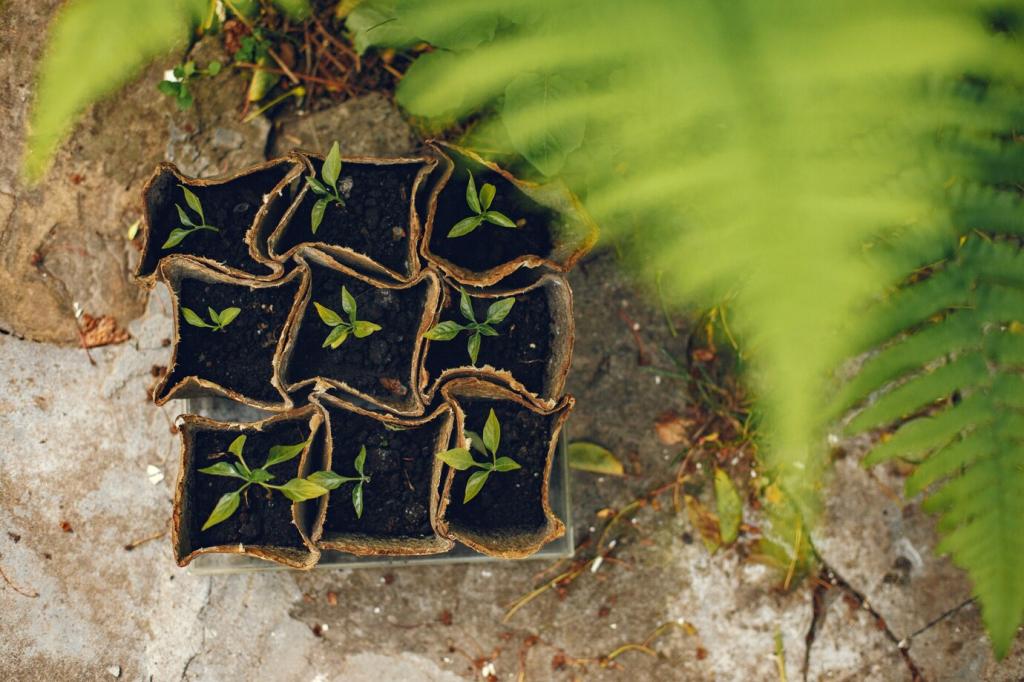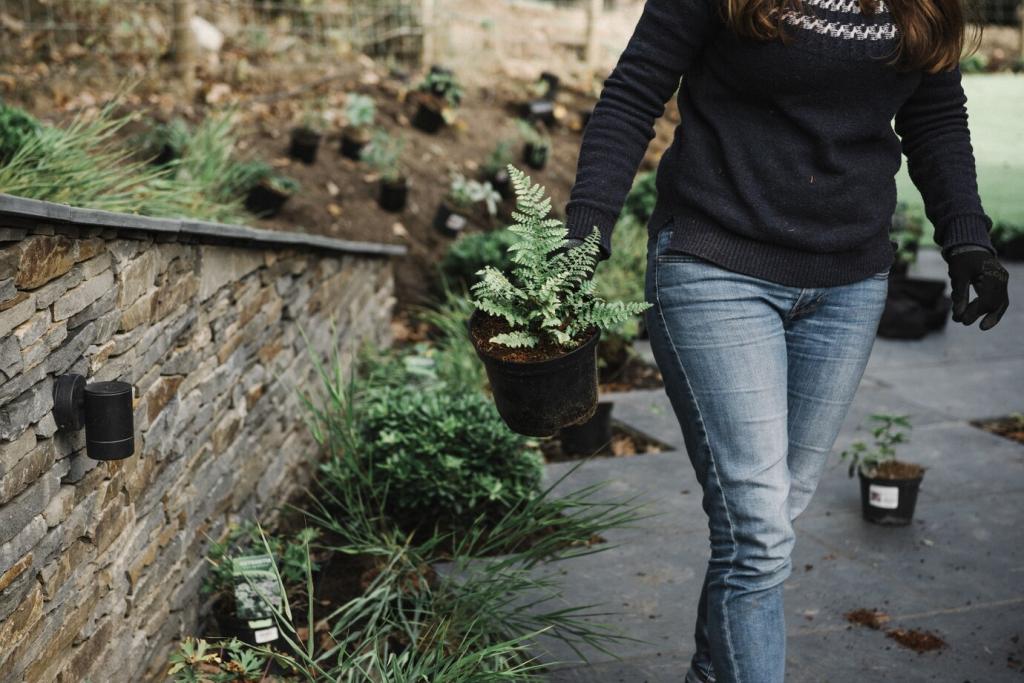Harvest, Storage, and Simple Kitchen Joy
Pick leafy greens in the cool morning for crisp texture; harvest tomatoes warm for aroma. Use clean snips and shallow baskets to avoid bruising. Cool produce quickly, then store in breathable containers. What’s your most memorable just-picked bite? Tell us the moment and the plant that starred.
Harvest, Storage, and Simple Kitchen Joy
Toss warm cherry tomatoes with torn basil, olive oil, and flaky salt. Grill fig halves, drizzle honey, and scatter thyme. Finish with a blueberry-lavender shrub soda on ice. These simple plates honor freshness. Want a weekly recipe card matched to the season? Subscribe and get inspired.





